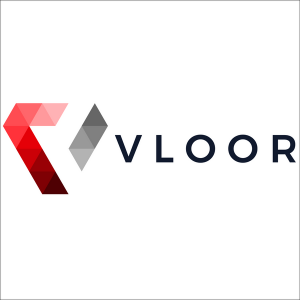
Daten und Fakten
| Branche | Market |
|---|---|
| Mitarbeiter | 2 |
| Hauptsitz | Wien, Austria |
Our vision is to make architectural information for every real estate digitally available, experienceable, and usable. Vloor develops software based on deep learning models for the automated processing of real estate data. We are a data-driven company, our focus is the automated creation of data for different real estate processes. As a first step, we start with floor plans. Why floor plans? Because most of them are just available as old scans or photos but have hidden potential. We take those photos or scans of floor plans and our algorithms detect and extract all the architectural information. Starting from basic elements like walls, rooms, doors, windows, and stairs but also including indicated interior information or room labels and square meter information. All the extracted data is then combined and can be exported into different standardized formats like JSON and soon IFC. Based on our data, we can create different visual outputs, using strategic partners. We are starting with visualizations such as 2D floor plans, 3D floor plans, 3D models, architectural renderings, and virtual reality tours. On the one hand, there is a lot of space for process automation not only from the floor plan itself but also regarding automatic furnishing based on the combination of indicated room information on the floor plans as well as data of furnished apartments. By developing an automated process for content creation, we can cut the current market prices by far and reduce the delivery time tremendously. Our goal is that the process is automated to a degree of 98%. Edge cases have to be handled via human interaction. But to conclude, automation enables us to transform a service-driven market into a Software-as-a-Service solution. This is needed in a market where digital content and communication get more and more important. Generating visualizations is only the first step, as the resulting model does not have to be perfectly accurate. We use the visualization market entry to generate additional training data for our models. By doing so, we can provide additional products to other industry stakeholders. For example plan-to-IFC conversion for architects or real estate developers. Our product is developed in a way that it can easily be integrated into additional solutions or licensed to other companies. In addition, we are aware of outdated floor plan information. Currently, we see a lot of applications of point cloud scanning technology. However, the conversion of the pointclouds to an CAD model is mostly done manually. We already developed a machine learning proof-of-concept that is capable of transferring the know-how of floor plans into point cloud data. This step enables us to automate the scan-to-BIM process. Further, we can combine planning data with real data, which paves the way for additional use cases. To complete, we find a lot of opportunities for automation no matter if we talk about visualizations or building information models. Regarding visualizations, there is also the opportunity to expand our product and deliver automated virtual staging of photos or image editing.